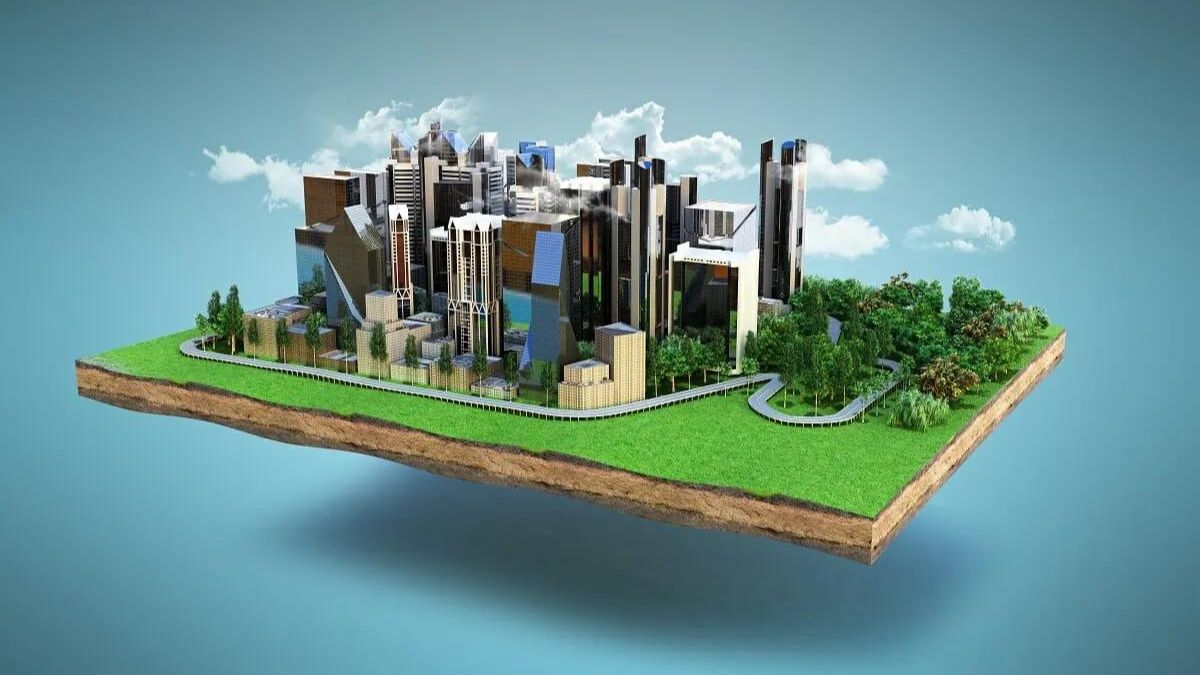
Advertisement
Green building practices have become increasingly prevalent in the real estate industry as developers, architects, and policymakers recognize the importance of sustainability and environmental responsibility in construction and development projects. Green buildings are designed and constructed to minimize environmental impact, conserve natural resources, and enhance occupant health and comfort. From energy-efficient design to renewable materials, green building practices play a crucial role in promoting sustainability and reducing the carbon footprint of the built environment.
One of the key principles of green building is energy efficiency, which involves optimizing building design, materials, and systems to reduce energy consumption and minimize greenhouse gas emissions. Green buildings incorporate features such as high-performance insulation, energy-efficient windows, and advanced HVAC systems to improve energy efficiency and lower utility costs for occupants. By reducing energy demand and reliance on fossil fuels, green buildings help mitigate climate change and promote environmental sustainability.
Furthermore, green building practices prioritize water conservation and efficiency, utilizing technologies such as low-flow fixtures, rainwater harvesting systems, and drought-tolerant landscaping to reduce water usage and minimize strain on local water resources. Water-efficient buildings not only contribute to environmental conservation but also help lower operating costs and enhance resilience to water scarcity and drought conditions.
Additionally, green buildings prioritize indoor environmental quality, incorporating features such as natural daylighting, improved ventilation, and low-emission materials to create healthy and comfortable indoor environments for occupants. By promoting indoor air quality, thermal comfort, and acoustic performance, green buildings enhance occupant health, productivity, and overall well-being.
Moreover, green building certification programs, such as LEED (Leadership in Energy and Environmental Design) and BREEAM (Building Research Establishment Environmental Assessment Method), provide frameworks and standards for assessing and certifying the sustainability performance of buildings. These certification programs help guide design and construction decisions, recognize exemplary projects, and incentivize industry stakeholders to adopt green building practices.
In conclusion, green building plays a vital role in promoting environmental stewardship, energy efficiency, and sustainability in the real estate industry. By integrating green building practices into development projects, stakeholders can create healthier, more resilient, and more sustainable built environments that benefit both people and the planet.
